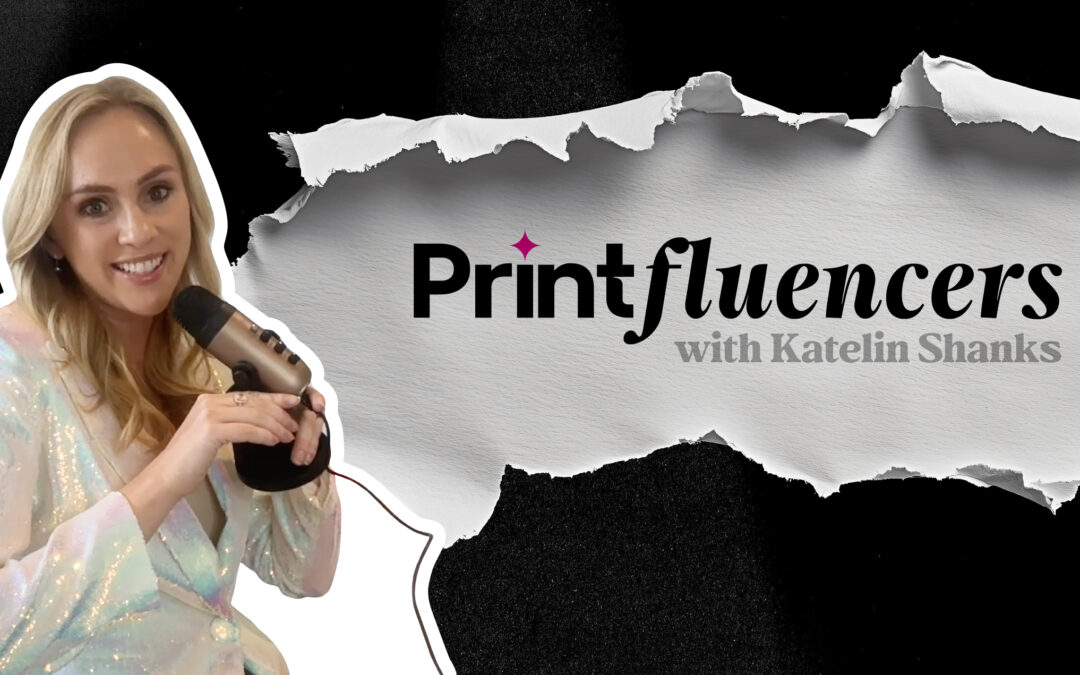Print and mail providers invest in workflow software to solve problems and to advance the capabilities of the company. Often, in the excitement of bringing automation into the shop, the state of the current infrastructure and workflow are overlooked. The notion is that the new software will fix everything. The truth is that detailed record-keeping, equipment maintenance, and coordinated movement of raw goods on the production floor must be in place before the organization can benefit from the new software.
Existing Procedures: Current Documentation vs. Real World
Before implementing workflow automation software, a workflow audit takes place. Nearly all print/mail providers have documentation detailing workflows for most jobs. The documentation is a great place to start an audit. However, interviewing key employees reveals the “real” or everyday workflow. These are the steps it “really” takes to complete a job. Upon closer inspection, disparity between the written and reality becomes apparent. Make a note of the workarounds and create a new standard to optimize the workflow. The new workflow could be the formal procedure, the informal process, or a combination of the two. An established core process is necessary before implementing workflow automation software tools.
The focus of a workflow audit is eliminating redundancy and understanding how time relates to action. Activity in an organization can be duplicative and wasteful. Before a workflow software solution implementation, management should identify an activity, define preferred actions, and publish the expected results. Ask for support from all team members for a successful workflow implementation.
Record Keeping
On the production floor of a print/mail operation, it is not surprising to see orders, job tickets, and reports attached to a clipboard. Completed job documentation is often hardcopy. The paperwork goes in the customer file when the job is delivered. With workflow automation software, a digital trail replaces a paper trail. If the paper trail is efficient and works for everyone involved, transitioning to the digital equivalent will be a snap. Paper-based record-keeping is not “bad” per se if the system is sound. With a chain of accountability through all processes and advancement to the next step, you have something good to automate. If not, fix it before implementing workflow automation.
Define Your Team
Workflow management is a team sport that requires you to keep everyone engaged and aligned towards the goal at hand. But does the staff clearly understand what to do and when to do it? Workflow can become complicated when a team member thinks they are doing the right thing but are not complying with the current standard. If the work is getting done correctly no one notices the deviation from the normal process and the methods do not seem to be a problem. Before incorporating workflow automation, however, each team member’s role needs definition and their tasks sequenced.
Production workflow covers not just job requirements and processes. It also addresses what happens when something goes wrong. Where do team members go when they run into complications? Organizations find it difficult to manage issues if relationships and dependencies are not clearly defined. Staff participation with the workflow software implementation team keeps everyone‘s actions aligned. Reliance on email, written notes, or word of mouth as a way to solve everyday problems is reduced. Without an engaged team aligned around the outcomes built into your workflows, you do not have a workflow. People make workflows work.
Customer Communications Management (CCM) Integration
Every document production environment uses equipment and software from a variety of providers. Document operations often add new equipment or software when they bid on a job, win it, and do not have the resources to process the work. Newly acquired solutions may not interface with the legacy equipment or software in the shop. Recognize this before implementing workflow automation. In unautomated environments, these separate processes are manual. Integration is the answer, but companies must decide who will handle the integration tasks and how they will go about it.
Companies that offer Customer Communications Management (CCM) workflow integration solutions can bring all your production floor hardware and software together. Bringing in an unbiased, third-party integrator to assess and connect systems from different manufacturers increases your chances of a successful workflow automation project.
The Alchem-e™ platform from Racami is workflow automation software that tracks and advances a print and mail job from when it arrives as an electronic file to the time it ends up in a mailbox. The Alchem-e™ dashboard gives access to the production environment by connecting technologies, systems, and processes from all CCM hardware and software vendors. An Alchem-e™ integration gives print/mail providers control over automation, throughput, profitability, and risk mitigation.
Before implementing workflow automation, an organization’s priority is to analyze what is working, what is not, and what needs fixing. Recognize bottlenecks, redundancy, and waste. A clean manual workflow makes a superior automated workflow.



